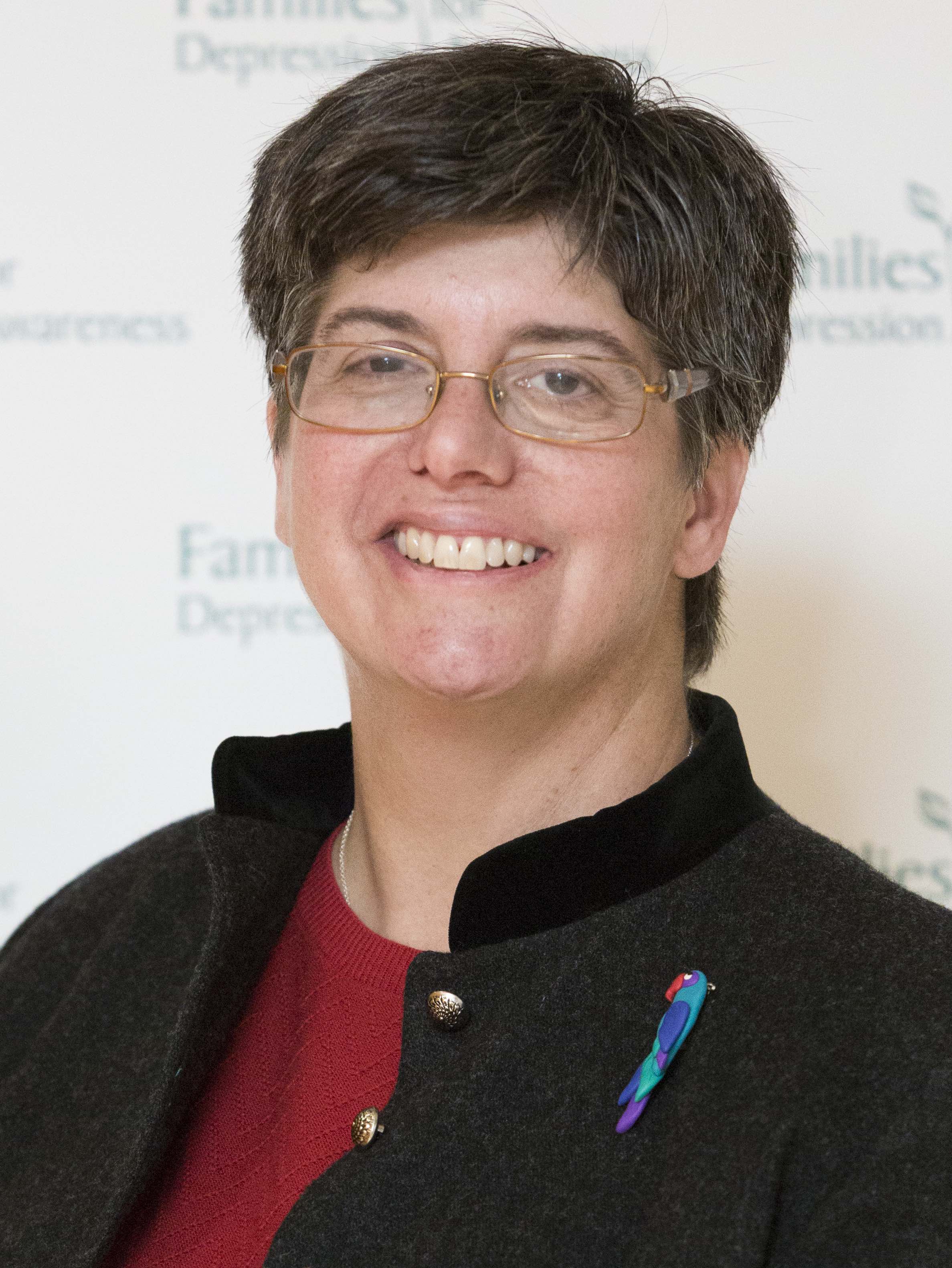The Jed Foundation and The Steve Fund
Health disparities occurring in the broader society also impact students of color. Students of color at American colleges and universities are almost twice as likely not to seek care when they feel depressed or anxious compared to white students. In comparison to white students, are significantly less likely to describe their campus as inclusive (28% to 45%) and more likely to indicate that they often feel isolated on campus (46% to 30%). These statistics indicate a need for a more tailored approach to protecting the mental health of students of color.













Connect With Us